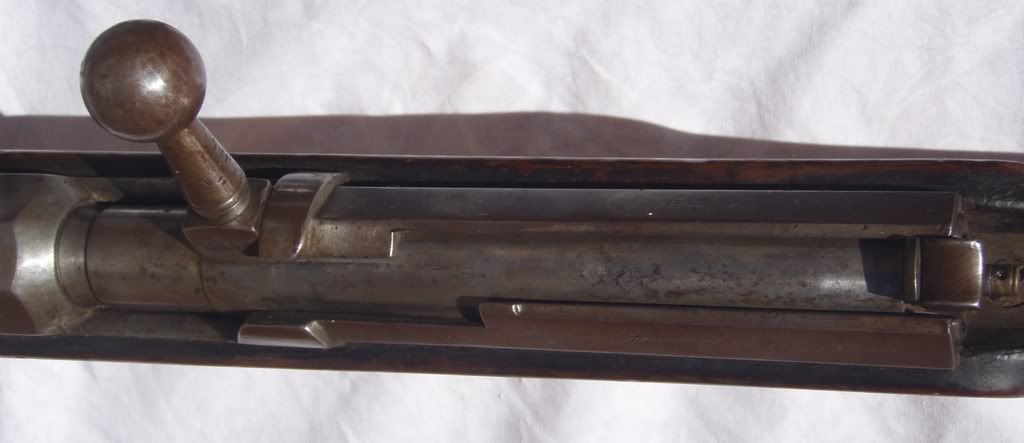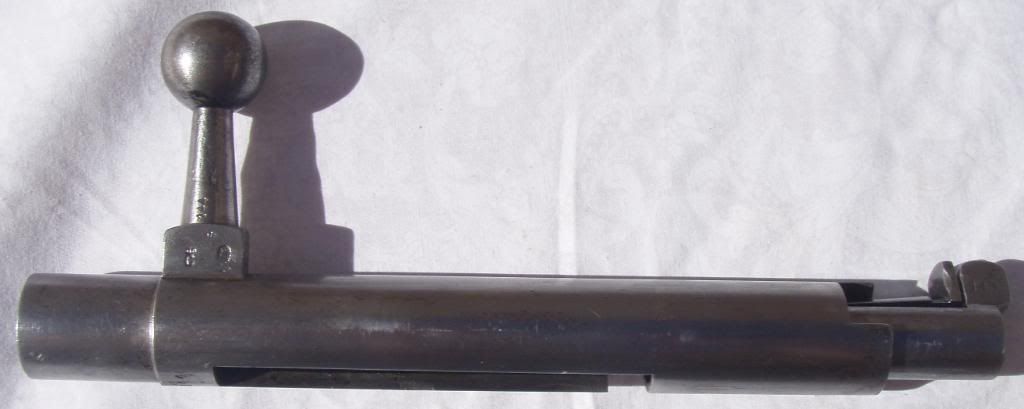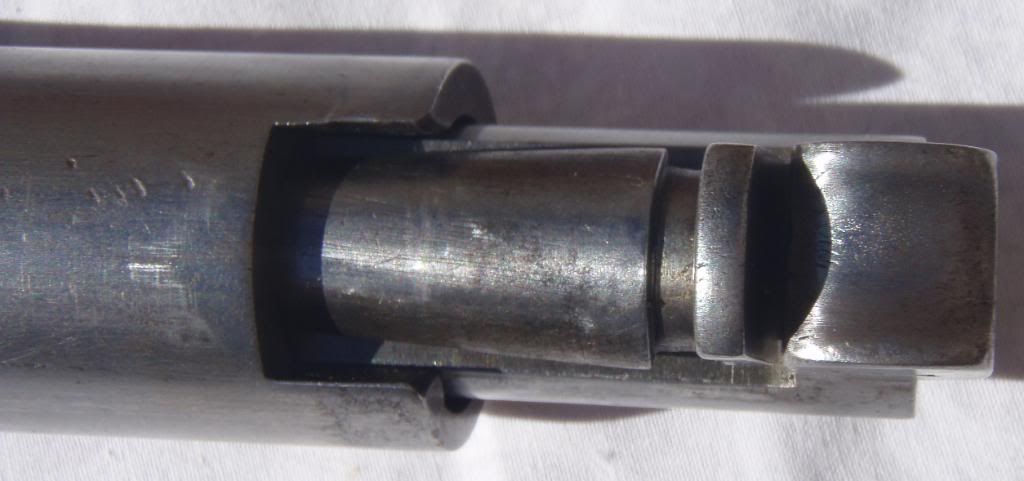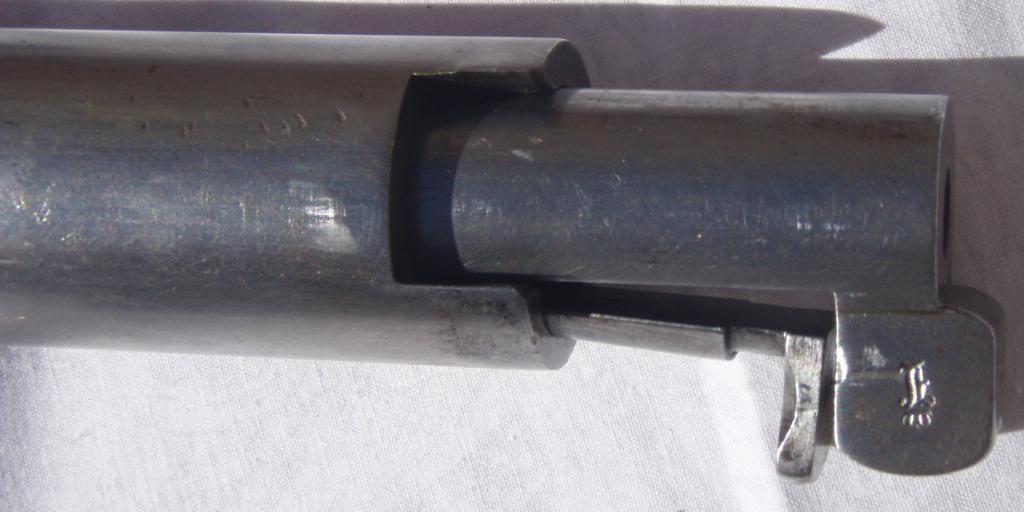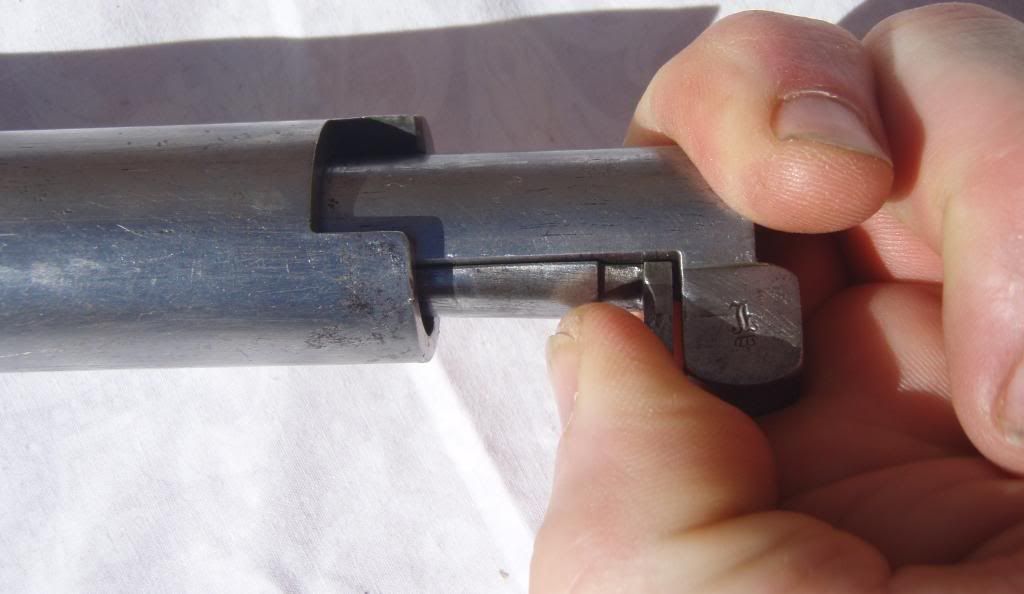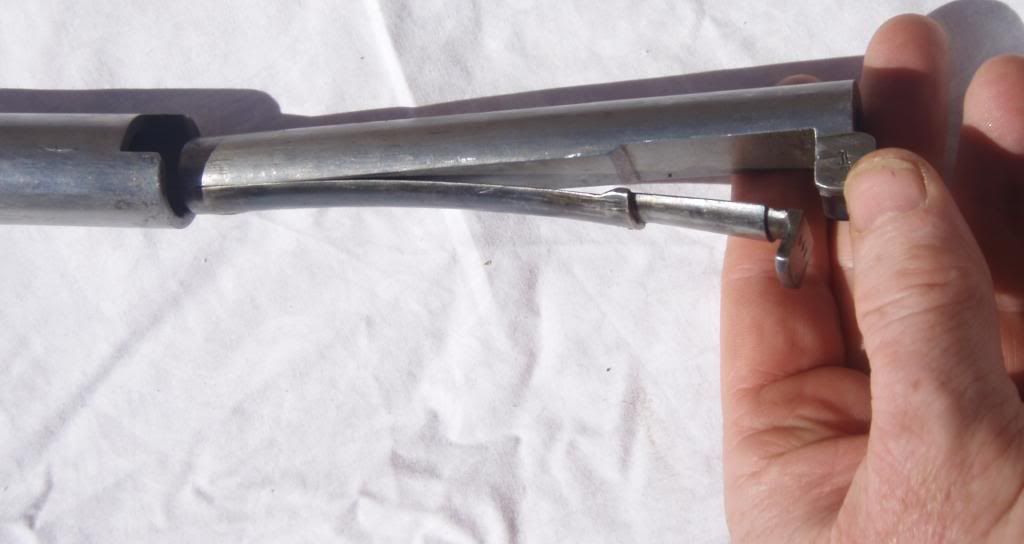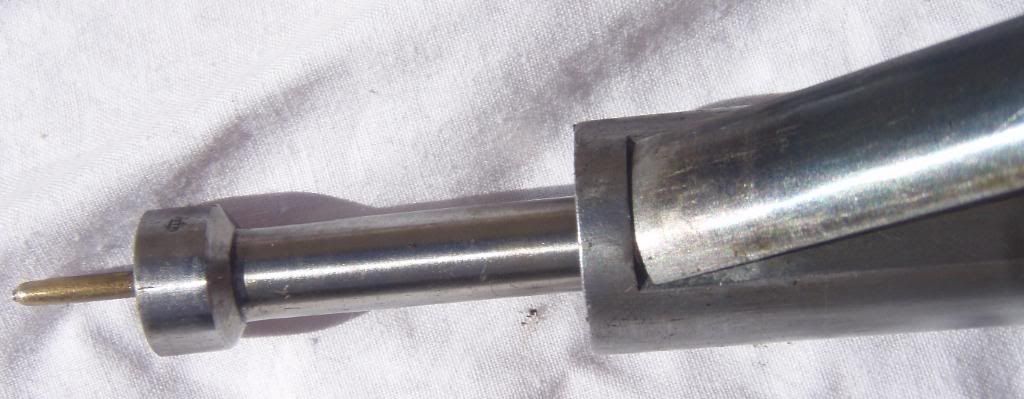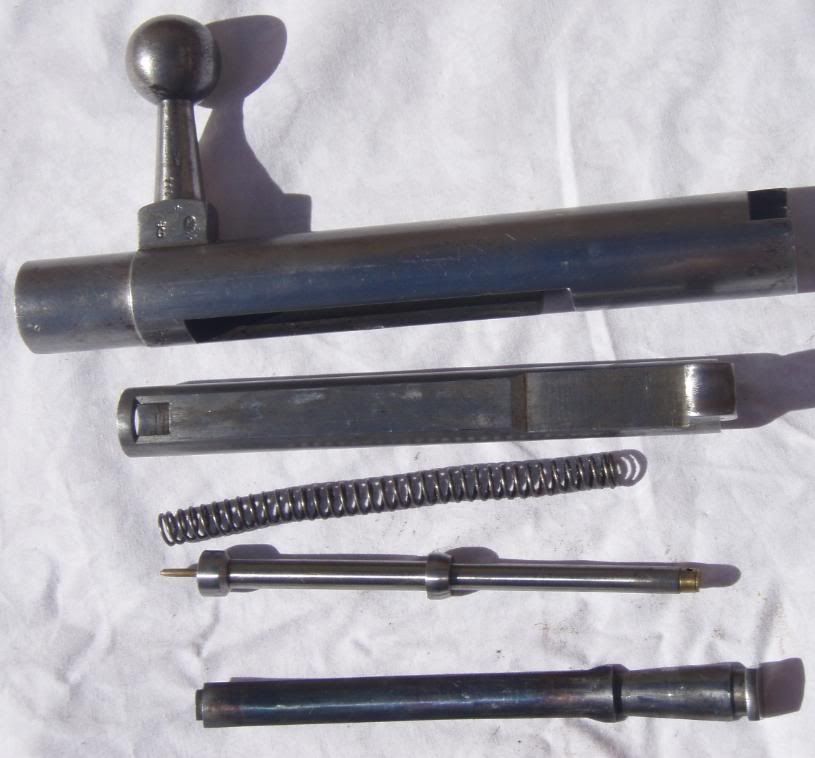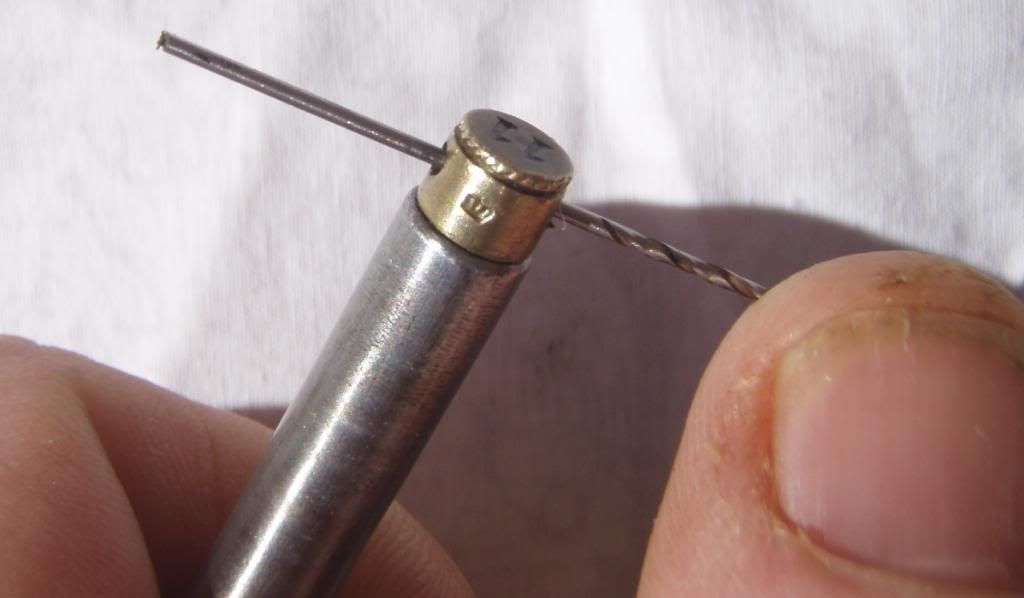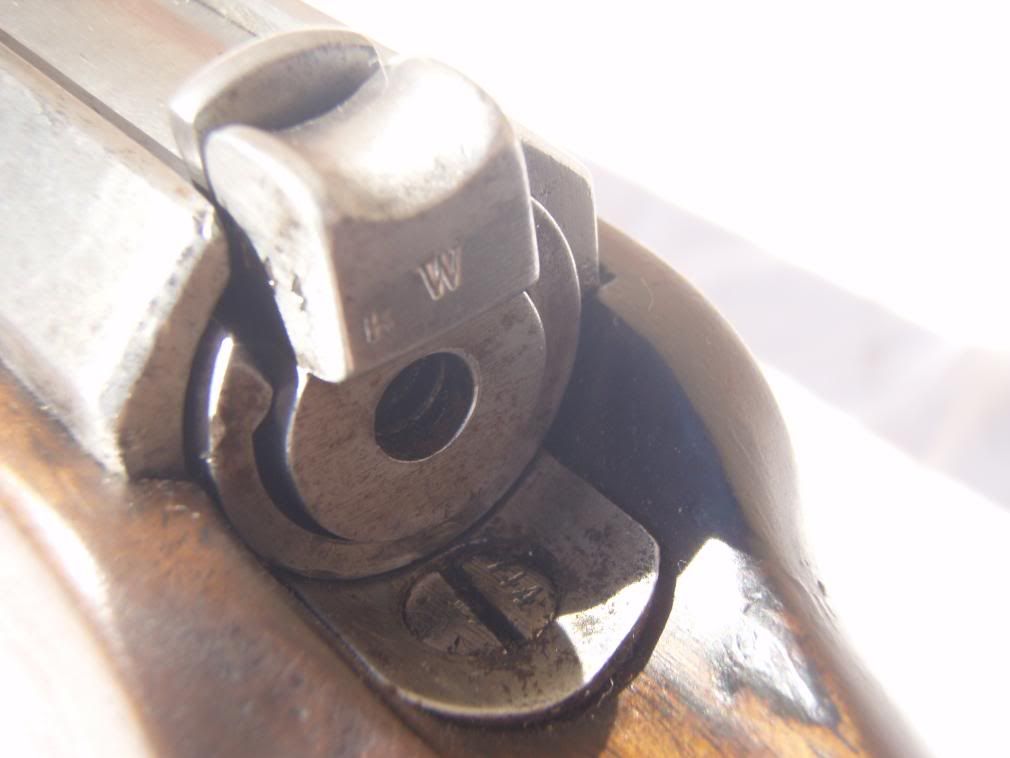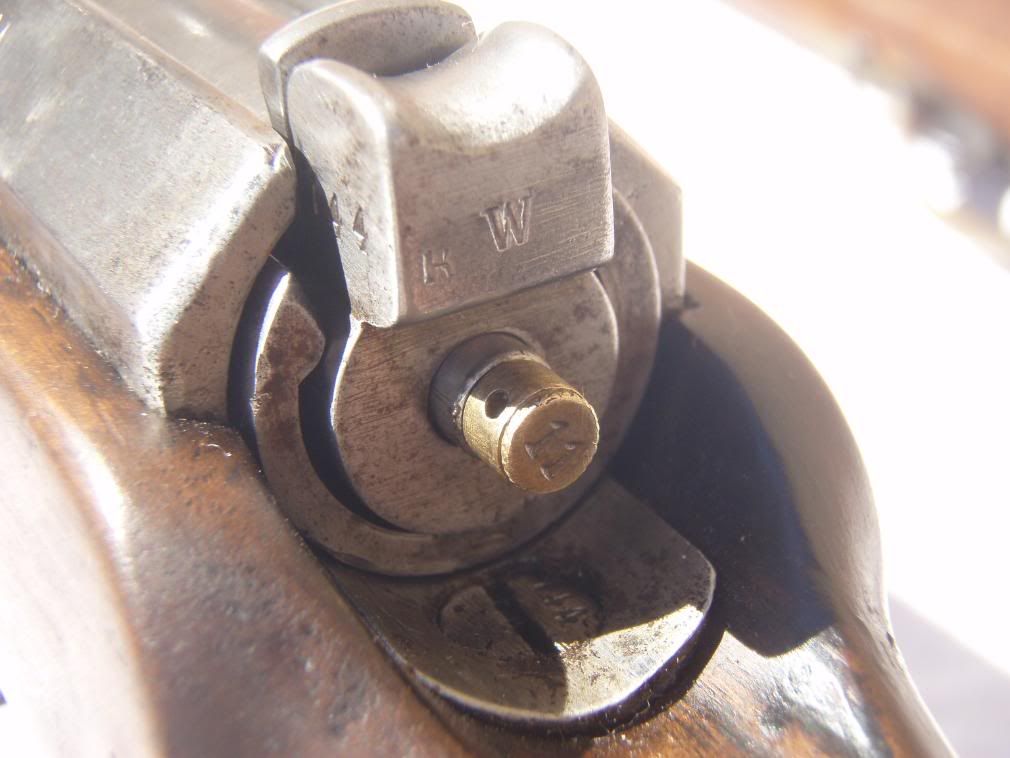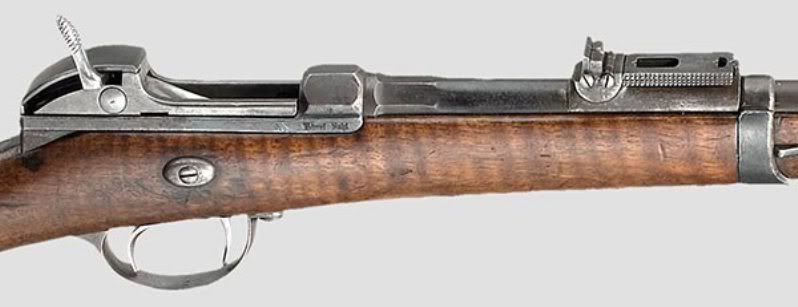Gents,
I finally received my Mod 41 after it had been sitting with Customs for a few weeks. I thought there would be some folks interested in seeing these very rare firearms that had a profound influence on the course of events in Europe in the mid-19th century and which led inexorably to the two great conflicts of the 20th century. The Model 1841, the very first of the Dreyse is exceedingly rare. Try searching on google and you probably won't find a photo. Even John Walters definitive text on German Rifles does not have a photo of the M41. So here are these two brothers for comparison:
- A Dreyse Sommerda made Model 1841, dated 1854
- A Suhl made Model 1862, dated 1868
Side by side, the 62 is above and the 41 is below. Note that the 41 is slightly longer and actually has slimmer lines and smaller butt than the 62

A closer view showing the different butt shape
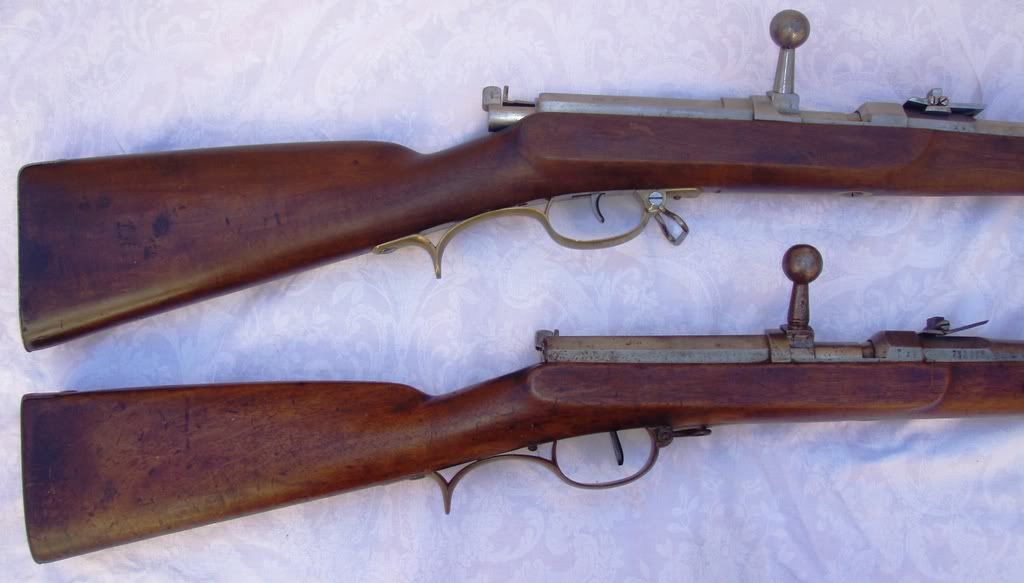
left side of stock showing the 41 with cheekpiece, 62 without.
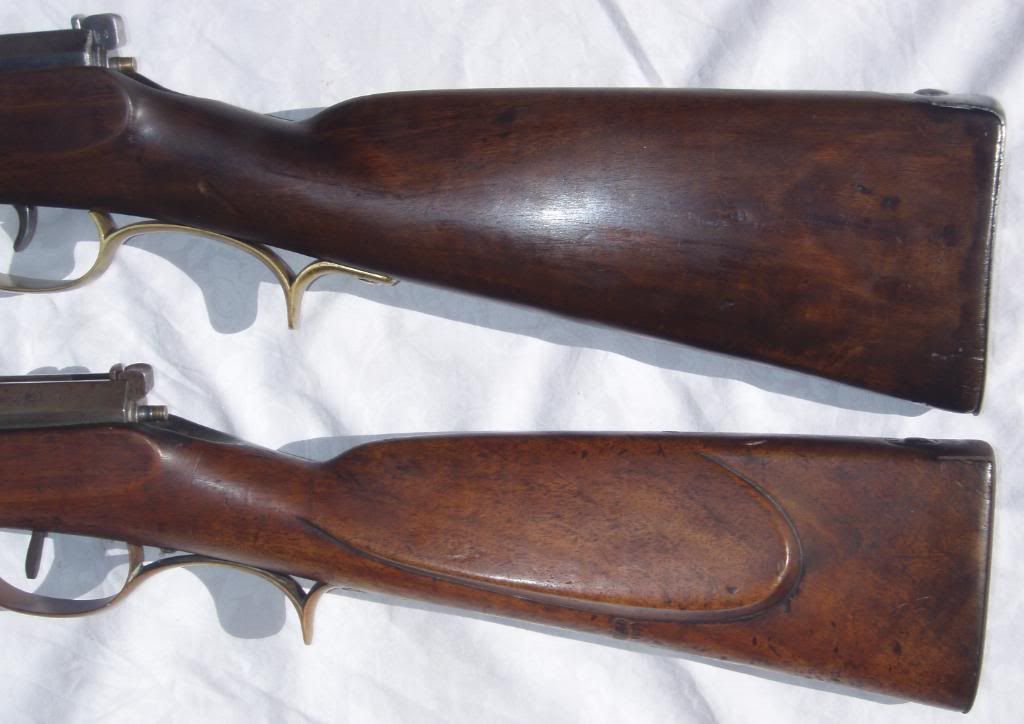
forend view showing different nose cap (62 on top, 41 below)
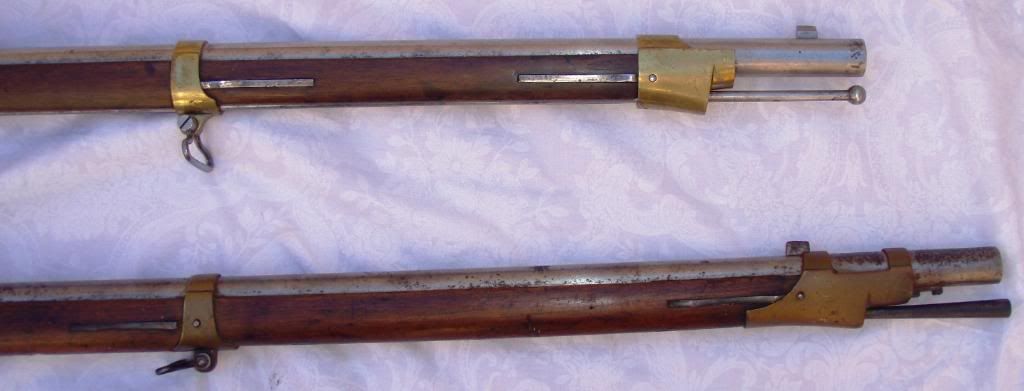
Mod 41 receiver
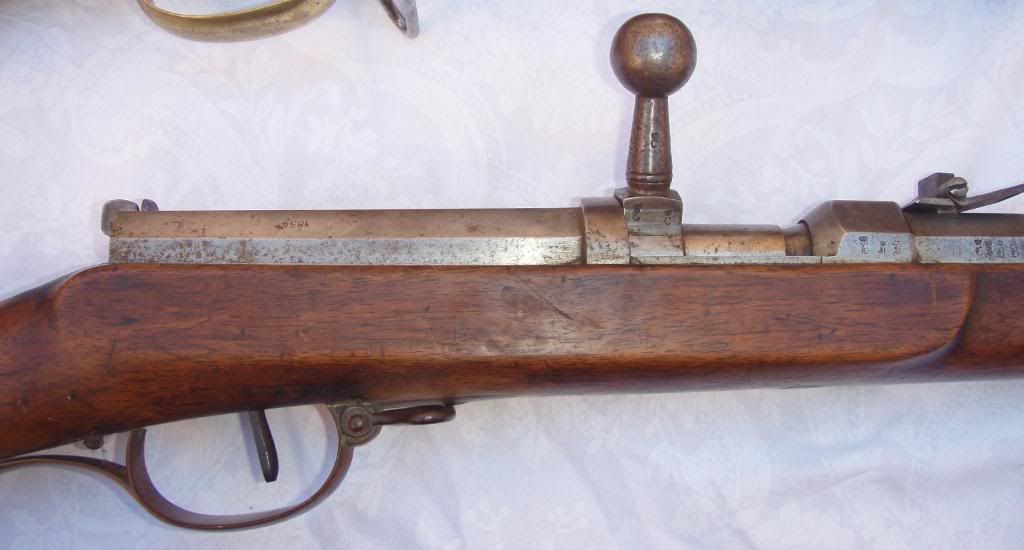
Mod 62 receiver
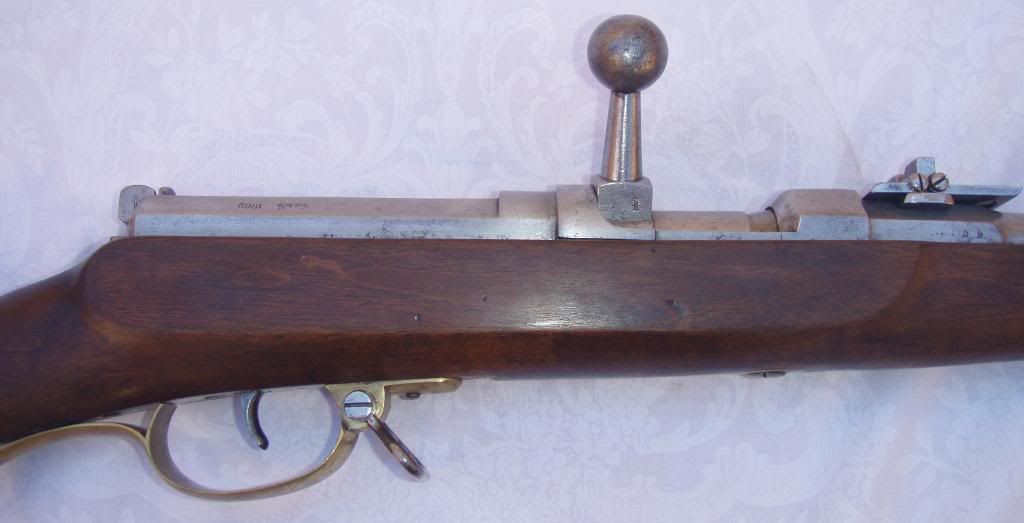
M41 guard inletted into stock

M62 guard partilaly inletted. I don't know whether this is deliberate or a manufacturing variation.

Action shown open. Mod 41 above, Mod 62 below> nearly identical but with minor variations.
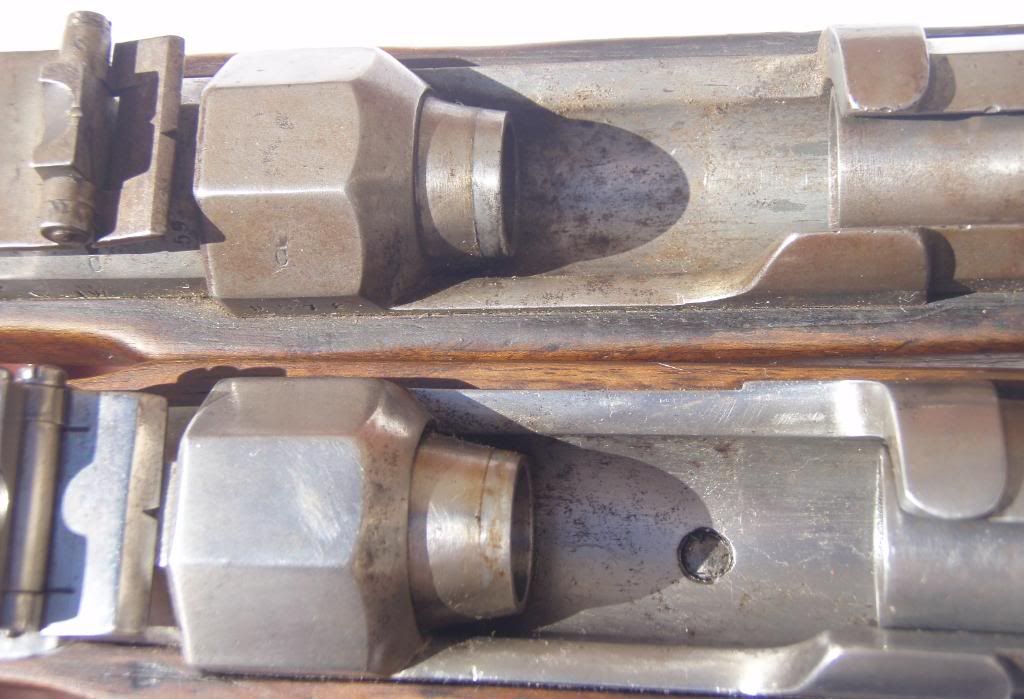
Rear sights. Mod 41 leafs are thinner that Mod 62
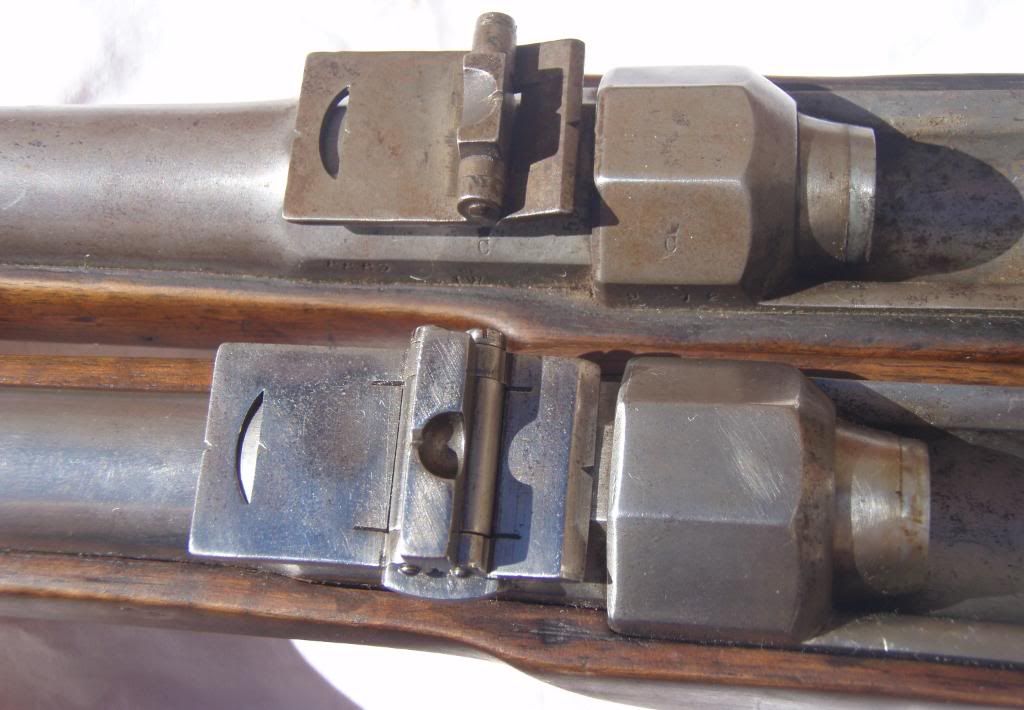
Receiver markings
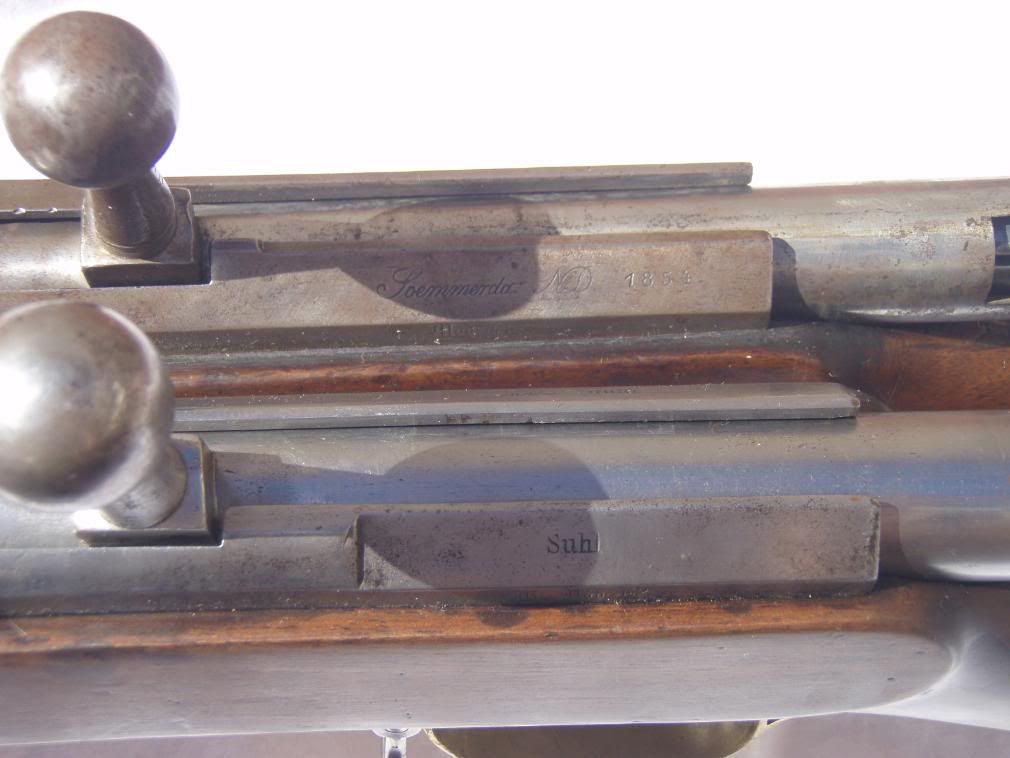
Regimental markings on the butt tang
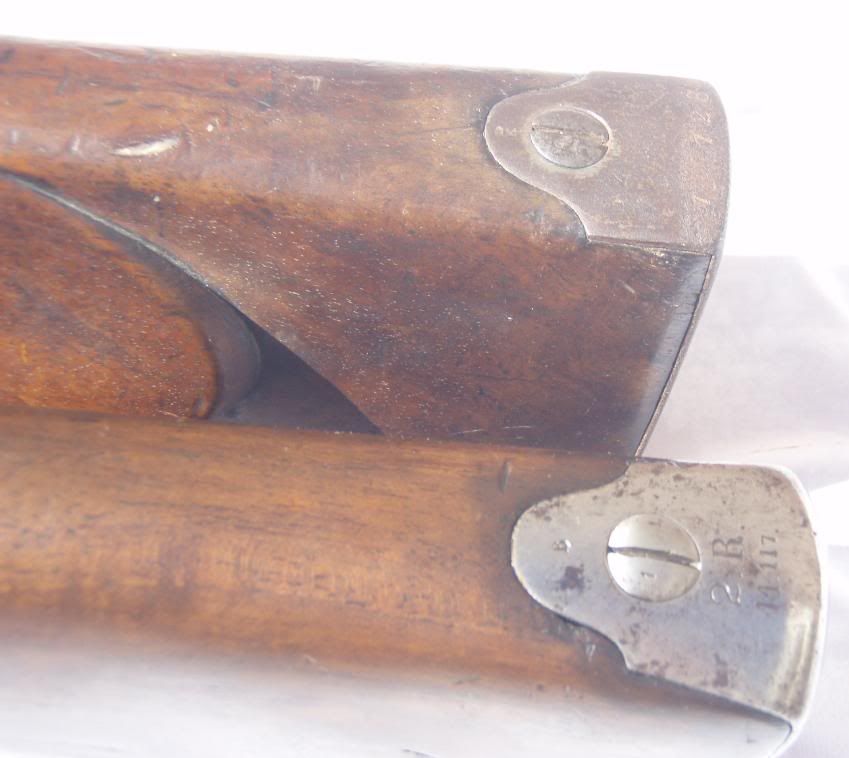
That is a lot of photos, so I will leave it there. I have stripped the bolt and removed the needle so I can post photos of that sequence if anyone is interested.
Mike
I finally received my Mod 41 after it had been sitting with Customs for a few weeks. I thought there would be some folks interested in seeing these very rare firearms that had a profound influence on the course of events in Europe in the mid-19th century and which led inexorably to the two great conflicts of the 20th century. The Model 1841, the very first of the Dreyse is exceedingly rare. Try searching on google and you probably won't find a photo. Even John Walters definitive text on German Rifles does not have a photo of the M41. So here are these two brothers for comparison:
- A Dreyse Sommerda made Model 1841, dated 1854
- A Suhl made Model 1862, dated 1868
Side by side, the 62 is above and the 41 is below. Note that the 41 is slightly longer and actually has slimmer lines and smaller butt than the 62

A closer view showing the different butt shape

left side of stock showing the 41 with cheekpiece, 62 without.

forend view showing different nose cap (62 on top, 41 below)

Mod 41 receiver

Mod 62 receiver

M41 guard inletted into stock

M62 guard partilaly inletted. I don't know whether this is deliberate or a manufacturing variation.

Action shown open. Mod 41 above, Mod 62 below> nearly identical but with minor variations.

Rear sights. Mod 41 leafs are thinner that Mod 62

Receiver markings

Regimental markings on the butt tang

That is a lot of photos, so I will leave it there. I have stripped the bolt and removed the needle so I can post photos of that sequence if anyone is interested.
Mike

